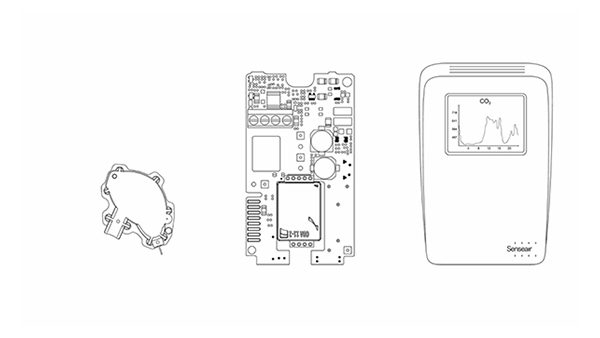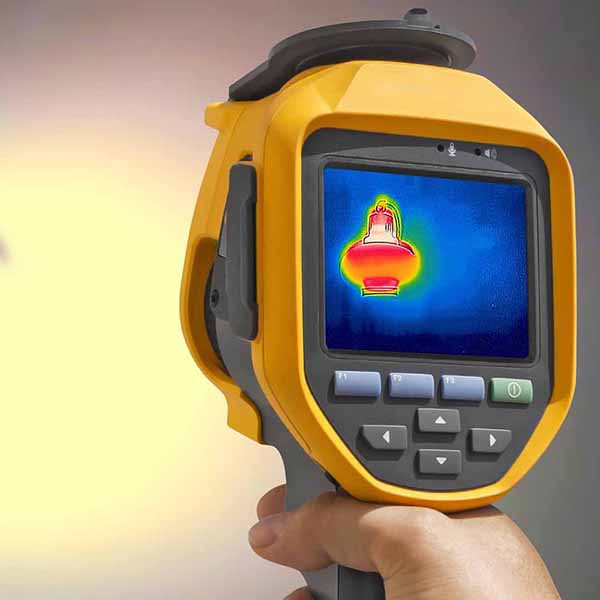Tutorials Basic Knowledge of CO2 sensor
The role of ventilation has recently grown in importance, and the term "CO2" is often used. What is CO2? How does it affect the human body?
We will answer these questions and more.
We will also explain the sensors used to measure CO2.
CO2 Sensors
Leading the Air of Tomorrow:
ANSI*/ASHRAE Standard 62.1-2022 and the Evolution of CO2 Sensor Technology
The ANSI/ASHRAE Standard 62.1 for HVAC management was revised in October 2023, introducing additional requirements for CO2 sensors. Notably, the update calls for high accuracy at higher concentrations of 2,500 ppm, signaling a significant shift in the design of future HVAC controls.
What is CO2 ?
What is CO2?
How does it affect the human body?
The role of CO2 in causing global warming is often discussed, but CO2 also has adverse effects on the human body.
If the concentration of CO2 in a room rises too high, it will cause headaches, drowsiness, and fatigue. If it exceeds 80,000 ppm, it may cause people to lose consciousness.
Gas Sensors types and mechanism
Types of gas sensors and how they work
There are various methods of gas sensors, and it is important to select the most suitable gas sensor according to the gas to be measured and the application. Typical gas sensor methods include a non-dispersive infrared (NDIR) method, a semiconductor method, and an electrochemical method. This section explains the principle of each gas sensor's detection methods and its advantages and disadvantages.
What is NDIR ?
What is NDIR (Non Dispersive Infrared) ?
A NDIR gas sensor calculates the gas concentration by using the property that gas molecules (e.g., CO2) absorb infrared rays. Therefore, a NDIR gas sensor is equipped with an infrared light emitter that emits infrared light and an infrared sensor that detects infrared light, and the performance of NDIR gas sensor varies depending on the type of the light emitter and the infrared sensor that is installed. This section explains each component.
About Senseair
Senseair, which became a member of the Asahi Kasei Microdevices (AKM) Group in 2018, is a provider of gas sensors using NDIR: Non-Dispersive InfraRed technology. Our goal is to constantly develop and mass-produce new gas sensor technologies.













